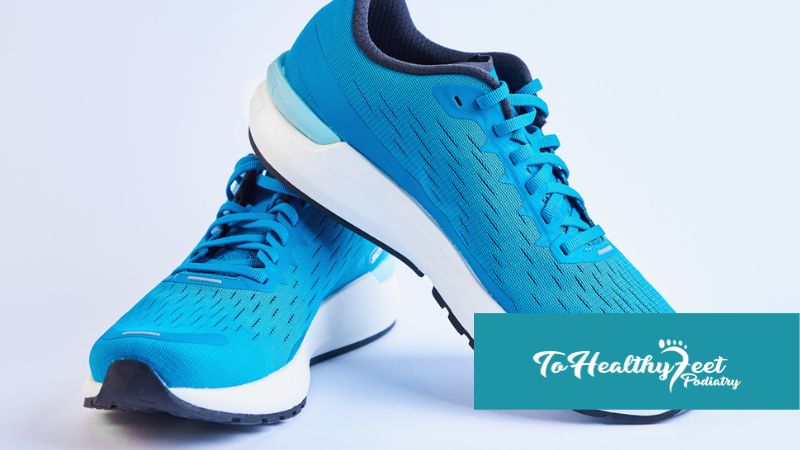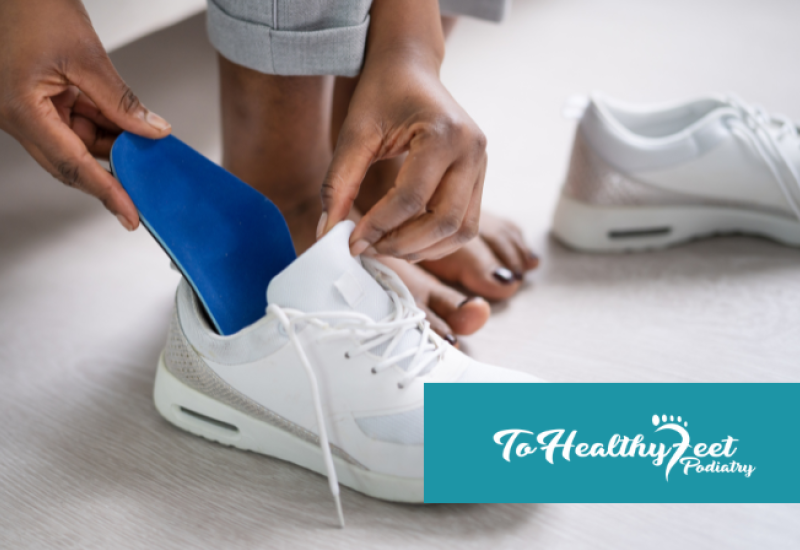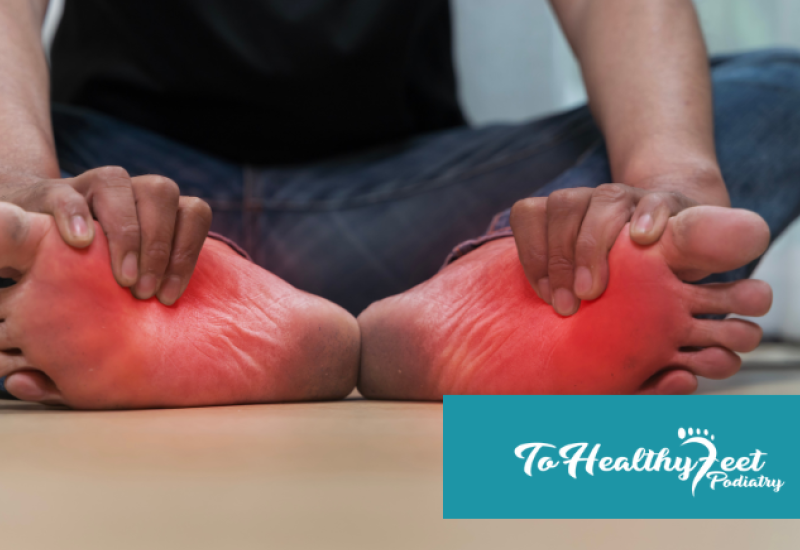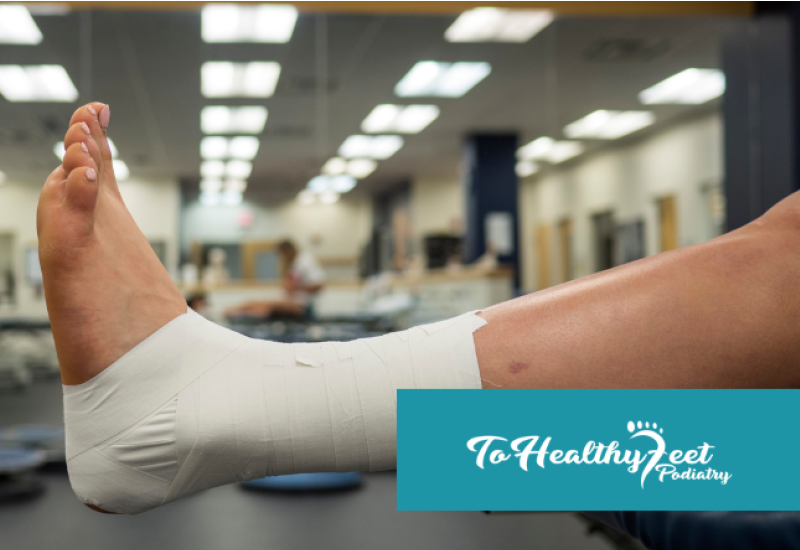The world of footwear offers a beautiful mosaic of styles, colors, and designs, capturing the essence of fashion and individuality. However, amid this plethora of choices, our feet often pay the price for our sartorial decisions. Ingrown toenails, a common yet painful ailment, can be traced back to the types of shoes we frequently choose. This article explores the intricate relationship between footwear and ingrown toenails, highlighting essential considerations in selecting the right shoes for prevention.
The Importance of Proper Toe Box Room
At the forefront of shoe considerations is the toe box - the front part of the shoe that houses our toes. When this space is narrow or sharply pointed, our toes become cramped, leading to potential overlapping or pressing against the shoe's sides. This constant pressure and friction can coerce the toenail, especially the big toenail, to grow sideways into the skin. A painful ingrown toenail is often the unfortunate result.
When choosing shoes, it's paramount to prioritize those that provide a roomy toe box. This ensures that your toes can lie flat, wiggle freely, and breathe, significantly reducing the risk of developing ingrown toenails. This doesn't mean sacrificing style; many fashionable shoe designs accommodate toe health.
Avoiding Excessively High Heels
The allure of high heels is undeniable. They elevate an outfit, adding a touch of elegance and boosting one's confidence. However, when feet are elevated in this manner, there's a downward shift, thrusting toes into the front of the shoe. This intensified pressure in a constricted space significantly raises the risk of ingrown toenails.
If parting with high heels feels unthinkable, moderation is key. Limit the time you spend in them, and consider heel heights that are more manageable for extended periods. Also, intersperse your heel-wearing days with days in flatter, more foot-friendly shoes. Your toes will benefit from these breaks, and you'll still enjoy your beloved heels on special occasions.
Understanding the Role of Shoe Material
Beyond the shoe's design lies another significant factor: the material. Rigid shoes made from non-flexible materials can further aggravate the toes by failing to accommodate their natural movement. Over time, this can create consistent pressure points, particularly around the toenails.
When selecting footwear, lean towards those made from soft, breathable materials. Such shoes not only adapt to the foot's unique shape but also promote air circulation, keeping the feet dry. Remember, damp conditions can soften the skin around the toes, rendering it more susceptible to being pierced by a growing toenail. Materials that ensure feet remain dry can be instrumental in preventing this.
Importance of Proper Sizing and Regular Checks
Shoe size isn't always static. As we navigate through life, our feet can undergo changes due to various reasons – age, weight fluctuations, and even life events like pregnancy. Consequently, it's a good practice to have your feet measured periodically.
Wearing incorrectly sized shoes, whether too tight or too loose, has its set of challenges. In both scenarios, there's increased friction, which is detrimental to toenail health. This is particularly pertinent when considering sports or workout shoes. Given the higher levels of foot stress during physical activities, the right fit becomes even more essential.
The Relationship Between Socks and Shoes
While our primary focus is on shoes, it's worth noting that socks act as a buffer between our feet and footwear. Choosing the right socks can significantly enhance shoe comfort and reduce the risk of ingrown toenails. Opt for socks made from moisture-wicking materials and ensure they fit well, without bunching up.
In conclusion, as we traverse life's many paths, our feet remain our steadfast companions, carrying us forward, step by step. The shoes we don become more than mere fashion statements; they represent our commitment to foot health and overall well-being. While trends come and go, the significance of choosing footwear that marries style with comfort and health remains timeless. By understanding the correlation between footwear and ingrown toenails, we arm ourselves with the knowledge to make better choices, ensuring our feet remain healthy, happy, and free from pain. Every step we take in the right shoe brings us closer to a journey unmarred by discomfort.
Written on behalf of To Healthy Feet Podiatry.
FAQs
Q: How often should I measure my foot size?
A: It's a good practice to measure your foot size annually or when there's a noticeable change in your feet due to events like pregnancy or significant weight fluctuations.
Q: How should I trim my toenails to prevent ingrowths?
A: Toenails should be cut straight across, not rounded at the corners, and should not be trimmed too short. This prevents the nail from growing into the skin.
Q: Can I wear high heels if I've had ingrown toenails before?
A: While you can wear high heels, it's essential to be cautious. Choose heels with a wider toe box, limit the duration of wear, and monitor for any signs of toenail discomfort.




